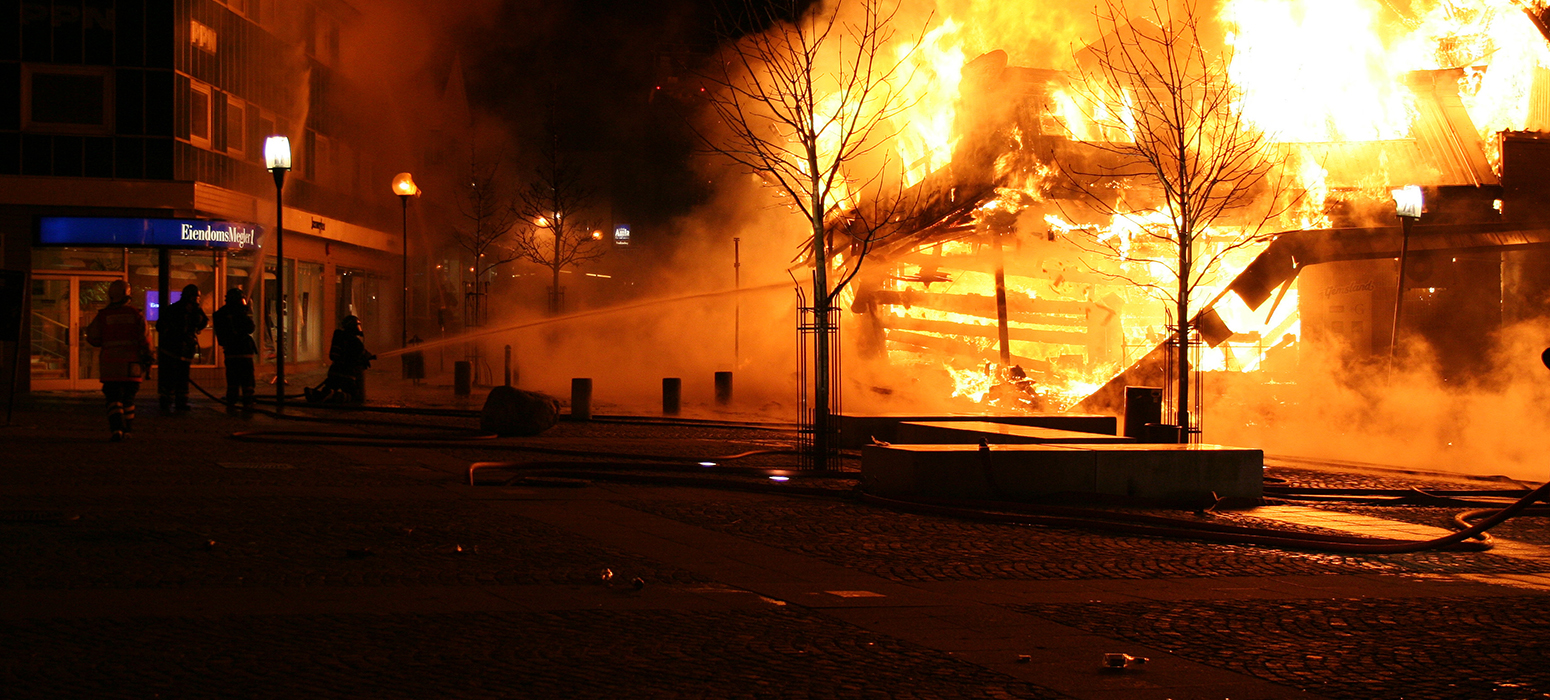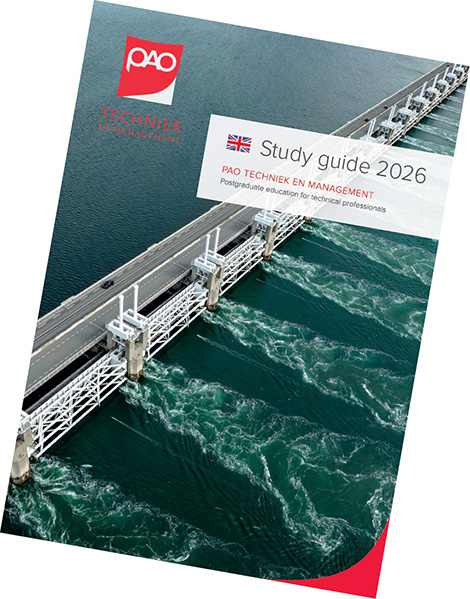Structural behaviour due to explosions
During this course you will learn to determine the strength of structures when exposed to explosions and how to deal with the effects on the surrounding area, especially the pressure effect on neighboring buildings.

Handling the effect of an explosion in an industrial or civil environment
Explosions in a structure can cause significant damage to the structure and neighbouring buildings or equipment. In this course, you will learn, as an engineer with basic knowledge of strength theory, how to determine the strength of structures when exposed to explosion pressure waves and how to deal with various aspects surrounding the effect of an explosion on a structure.
For typical industrial gas or dust explosions, the structural response analysis is still in its early stages. To predict the structural response to explosion pressure, the design pressure is often applied as a 'safe' approach to explosion resistance. It is sometimes argued that, because an explosion is an exceptional load, there is no need to apply usual safety margins or that, due to the very fast loading, equipment tends to be stronger. These arguments are investigated thoroughly during the course.
When applying explosion venting, it is almost never checked that the external pressure does not cause damage to neighbouring equipment or buildings. As long as venting is into a safe direction and into open air, it is considered safe. Estimates of the strength of buildings when exposed to explosion pressure waves are often much too high.
Professional handling of the effect of explosions on structures
To know how to properly deal with the effect of gas and dust explosions on structures, you will learn about:
- Dynamics of structures focused on explosion response, material behaviour and consequences
- Strength calculations beyond the elastic limit, so taking into account plastic deformations
- Estimating failure limits of structures
- Cylindrical vessels: the general design formula is presented, including buckling
- Explosive effects on buildings: predicting effect with reliable empirical data
- Methods to estimate the strength of industrial buildings
- Installation of explosion venting and environmental effects (safety)
- Practical applications of the theory
Intended for
Engineers, who have a basic knowledge of structural engineering or mechanical engineering:
- Mechanical engineers involved in the structural design of process equipment
- Civil engineers who build in hazardous areas
- Explosion safety experts
Knowledge of strength calculations (stress-strain diagrams, beam calculations, frames, stress distribution over a cross-section) is required.
Course leader
ir. A. Harmanny
The teacher is a civil engineer, specialized in structural engineering. Before graduating, he designed an earthquake simulator and was involved for several years in (experimental and theoretical) research on the structural response to explosions.
Interview deelnemer
Martijn Taal, constructeur bij ingenieursbureau Verhoeven en Leenders, volgde de cursus. We spraken hem over de reden om de cursus te volgen, zijn ervaringen en hoe hij terugkijkt op zijn deelname. Lees het interview!
In English on request
Do you want to follow the course in English? Please mention this in the remarks field when you register.
Course leader
ir. Ake Harmanny
PAOTM is rated with an average of
Program manager
Why PAOTM
-
The latest post-academic knowledge and skills
-
Focused on questions that arise in a technical environment
-
Interactive and directly applicable in practice
-
Top teachers from science, research and business
Frequently asked questions
Program
- Reception and registration
- Een korte introductie over de cursus
- Introduction to the phenomenon of dust and gas explosion. Includes live demonstration of a dust explosion.
- Break
- Op basis van de structuur van staal wordt het gedrag bij belasting besproken (elastisch gebied, vloeien, versteviging). Hoe wordt dit gedrag beïnvloed door snelle belastingen (explosies)?
- Lunch
- Dynamica van constructies, toegespitst op de respons op een explosiebelasting.
- Break
- Force distribution in statically determinate and statically indeterminate structures, effect of ductility. Plastic hinges.
- Break
- Strength analysis of plates. Flow lines method.
- Completion of day 1
- Strength of buildings stressed by explosions: empirical data and pragmatic estimation methods.
- Break
-
Typische toepassingen
- Gedrag van cilindrische vaten, met vlakke of gebolde uiteinden. Zowel bij inwendige overdruk als onderdruk
- Break
- Interactie van schok/druk golven met constructies, zoals gebouwen. Bepaling van de netto belasting op de draagconstructie.
- Lunch
-
Casus studie
De verkregen kennis wordt toegepast op typische praktijk situaties, zo mogelijk ingediend door de deelnemers.
- Break
- Vervolg casus studie
- Evaluation and closing
Course leader
ir. Ake Harmanny
PAOTM is rated with an average of
Frequently asked questions
Dates and locations
Below you will find an overview of the available dates and locations. You can register immediately by clicking on the 'Register' button.
Investment
- Price excludes 21% VAT
- Including coffee, tea, lunches and (digital) course material
Frequently asked questions
In-company
Are several employees interested in the same course, do you want to enrich knowledge with the entire team or focus on your own practice? Then an in-company course could be interesting. We are happy to think along with you about the possibilities. PAOTM has extensive experience in organizing in-company courses in many technical fields for a wide range of companies. You can choose to have an existing course organized in-company for multiple employees. However, if you have a specific organizational or departmental issue, we can also design a unique course. For every customized request, we search our network at universities, knowledge institutes and the business community for the right teachers who can provide your team with the desired knowledge. We then put together a course based on your training needs, learning needs and organizational goals.
Curious about the possibilities? Contact one of our program managers or complete the form below. We are happy to make you a suitable offer.
FAQ's
In-company request
"*" geeft vereiste velden aan
Program manager
In-company courses of PAOTM are rated with an average of
Why In-company
-
A course tailored to your specific needs
-
Get started right away with your own cases
-
Led by top teachers with the most up-to-date knowledge
-
You choose where and when: always efficient
-
The entire team trained simultaneously
-
Customization possible in all our fields
Download the Study Guide
Would you like a complete overview of all our courses and trainings? Download the digital study guide!


No start date available
No start date has been planned yet. Don't worry, you can register on our interest list. We will inform you immediately as soon as a new date is planned.
Our corporate partners
Subscribe for the newsletter
In our monthly newsletter we inform you by e-mail about courses, trainings, news and developments in the various fields of PAOTM. Select the topics of your interest!
Download the Study Guide
In addition to the course offerings, the Study Guide also contains the themes that we will further develop next year. Would you like a complete overview of our courses and training in your field(s)? Request the Study Guide and receive it digitally.










